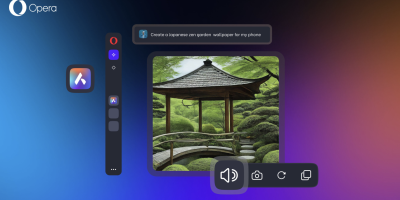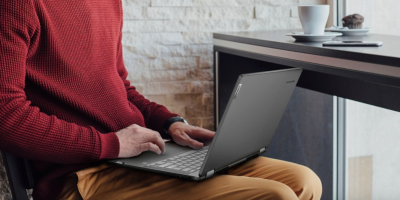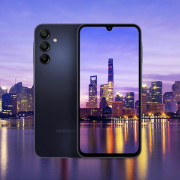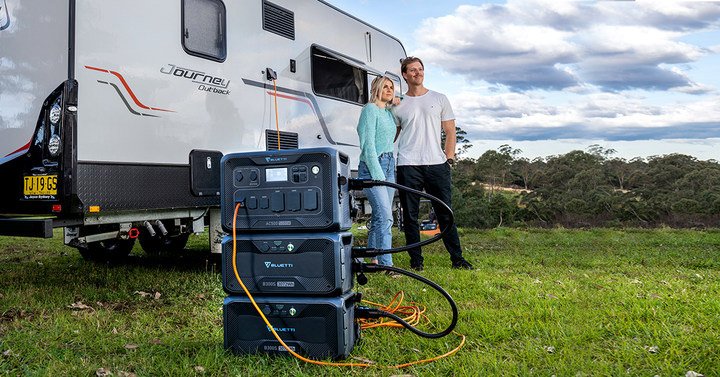As your parents age, it’s only natural to feel a little anxious about their safety. This is especially true if your loved one wants to get old in their own home. The thought of them being by themselves and unable to contact anyone should they have an accident and injure themselves is the kind of thing that can keep you awake at night.
Thankfully, there is a way you can alleviate such worries and mitigate the risks of an elderly relative living at home. Medical alert devices can give you peace of mind if your loved one has a medical condition that could cause emergencies or be at risk of dangerous falls.
Deciding to buy a medical alert system is just the first part of the process. There are many devices to choose from, each of which offers slightly different features and prices.
Before you make a purchase, it’s important to understand how the systems work, and what to look for when selecting a device and provider.
In-Home vs. Mobile Medical Alert System
An in-home system is more suitable for older adults who don’t venture outside very much. They’ll have a caregiver who shops for them or escorts them to appointments. They’ll rarely be alone when they’re away from their home.
A mobile medical alert system is typically used by older adults who go outside by themselves. They might go shopping, head to appointments, walk through the park, or tend to their garden. A mobile system is better for someone who spends time away from inside the walls of their home.
Tips on Choosing a Medical Alert System
There are plenty of options, but so much choice can be confusing. Generally, it’s important to consider what is most important to you. There may be a specific feature or you might be more concerned about keeping the price as low as possible. Taking into account your loved one’s needs is equally important, as is the reason you’re getting the device.
In-home Medical Alert System Features to Consider
Landline or Cellular Connection
If you’ve decided you want an in-home system, you have two options: a landline or a cellular system.
A landline system is going to be more affordable and also more reliable in countries where there is poor cellular coverage.
A cellular system, on the other hand, is easier to set up, but the choice really comes down to available infrastructure and personal preference.
Signal Range
A medical alert system consists of a wearable help button that communicates with the main system. The person wearing the button needs to be close to the base station. How close depends on the range of the signal. If your loved one’s home is large, it’s critical that the system works in every room.
The signal range for these medical devices can vary considerably, from 200 feet to as long as 1,400 feet. Obviously, the longer the range, the more expensive the device.
Extra Buttons and Accessories
If a person’s home is large or there’s a possibility they might forget to wear the pendant, consider buying additional buttons and accessories. For example:
- Wall buttons: You can place these additional buttons in areas where a person might fall, such as the bottom of a staircase or within easy reach of the bathtub.
- Voice-activated buttons: These are an alternative to the standard wall buttons and are much more versatile. You don’t have to be within reach to activate them. Instead you say the wake word a few times.
- Voice extender: This is a second speaker/microphone for the system that makes it much easier to communicate with the monitoring center in a larger home.
Automatic Fall Detection
Automatic fall detection is available as an add-on for most in-home and mobile medical alert devices. This type of technology is best for people who spend time alone and are at an increased risk of falls due to their medical history, including side effects from medication they might be taking.
Panic Button Battery Replacements
A wearable medical device will contain batteries that should last at least three years. Some companies track the button’s battery life and send a replacement for free. Others tell you it’s time to buy a new button and charge you for the replacement.
Extra Caregiver Features
Some medical alert systems also offer a smartphone app that keeps loved ones up-to-date on all emergency calls, battery alerts, first movements of the day and more.
There may also be an option for extra caregiving features, like daily check-in calls from the monitoring center or medication reminders.
Mobile Medical Alert System Features to Consider
Standalone Device
The best system is one that has its own speaker and microphone for two-way communication. A few devices require you to talk through your smartphone instead.
Location Tracking Technology
Location tracking is available in every mobile medical alert device, but they’re not all created equal.
For example, some medical alert companies don’t allow caregivers or loved ones to see the device’s location. If you think a check-in feature will give you peace of mind, look for a medical alert system that includes real-time location tracking
Long Battery Life
It’s recommended that mobile medical alert systems are charged every night to prevent low battery crisis. But if the device has a long battery life it will come in handy if there’s a chance your loved one will wander from home, lose the device, or forget to charge it.
Cellular Network Coverage
The final feature you should be thinking about is that your mobile medical alert device is compatible with your local cellular network. Most medical alert companies in the US, for example, sell devices that work with the AT & T 4G network.












Comments